Arcam A38 - £1,480

Not much has changed with Arcam’s amps in recent years, at least superficially. That’s absolutely fine by this observer, who thought they were nicely thought-out when they first appeared and hasn’t found any reason to change opinion since. The A38 is the top model of three integrateds in the current range and it does many of the same things as most modern integrateds. For instance, it has fully electronic switching and volume control: but you still get a unique push button for each input and a decent size volume knob that is, at least, reasonably solid and generally nice to the touch.
The display is a cut above most, too, with a numerical or bar-graph display of volume settings in a pleasant shade of green (dimmable), while added-value features include input level trimming, balance control and selectable volume step size, all accessible via a simple menu structure. This stuff seems trivial, but it strikes me that if you’re spending over a grand on an amp it’s not unreasonable to expect a little cossetting on the user interface front. A phono stage is optional.
Inside the amp, the circuitry looks familiar from previous incarnations of Arcam upper-range integrated models, but there are some changes. One that’s mentioned in the literature is the elimination of thermal modulation – see our Lab Report. There’s substantial use of mechanical damping, in the form of soft plastic on the input relays, output inductors and other microphonic parts, plus a ferrite interference absorber on the volume control chip. Maybe it doesn’t make much difference, but it’s nice that Arcam has taken the trouble. Inputs are all buffered (using the venerable 5532 op-amp chip) and while passive component quality is good, circuit board build is excellent and the large internal heatsink is almost completely non-resonant.
Sound qualityAlthough our listening panels have, on the odd occasion, found Arcam’s amps a little ‘safe’ sounding, this model made a very good impression and suggests that the apparently small design changes from its predecessors have been distinctly beneficial. Above all, it seems to be the most exciting, lively and generally involving amp that Arcam has produced to date and our listeners agreed that it got their feet tapping, at least as well as any of the others.
At the same time, it has very good resolution and analytical properties. It shows up clearly the differences between the various subgroups and individual instruments in complex music, and allows one to follow with ease the interplay between parts. Stereo separation is excellent and very stable, while the tone of each instrument is consistently realistic. The tonal qualities were particularly apparent in our Miles Davis track, which was described by one listener as ‘immediate, yet still dreamy’.
Only in our choral track was a slight reservation expressed about a small degree of harshness in the sound. This is common in recordings of multiple voices, but it didn’t detract from the ‘liveness’ of the recording and, significantly, didn’t seem to affect the larger vocal forces in our opera track.
Of course, with its greater reserves of power on hand, this amp is capable of slightly louder music replay than the others in the group. It’s interesting, though, that even when the actual playback level is very closely matched to the rest it still sounds particularly dynamic and determined. It seems to have no particular favourites among music styles and is as happy with the slow movement of a string quartet as it is with rock’n’roll power chords. Dynamic pacing is terrific and, all things considered, this makes some of the best sounds we’ve heard.
WE SAY:With consistently high achievement across the gamut of sonic criteria, this amp offers involving and impassioned music-making from any decent recording, plus an appealing selection of features. What’s not to like?
1223 203200
arcam.co.uk
 |
Inside this month's issue: Arcam Radia A25 integrated amp, iFi Audio iDSD Diablo 2 DAC/headphone amp, Eversolo DMP-A8 streamer/DAC/preamp, Line Magnetic LM-845IA valve amp, Record Store Day Spring Drop, standmount loudspeaker Group Test and much, much more
|

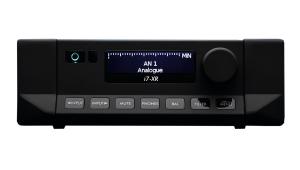
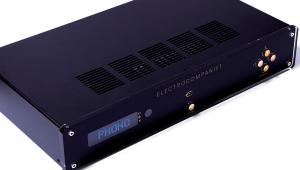

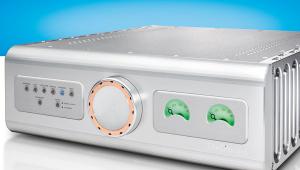
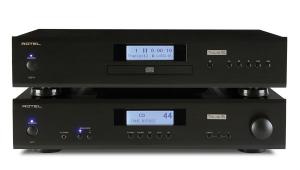
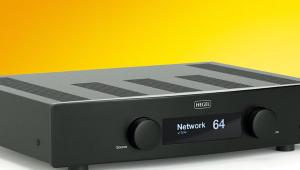
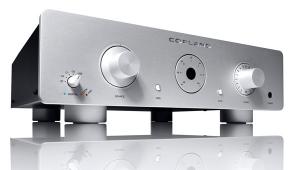




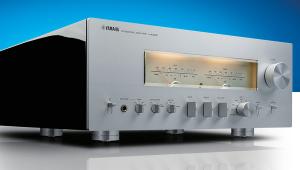
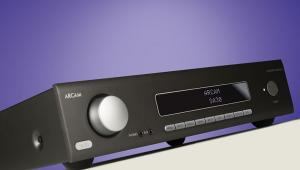

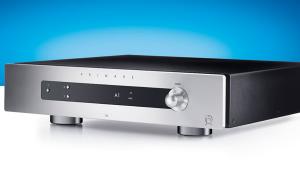
































.jpg)



